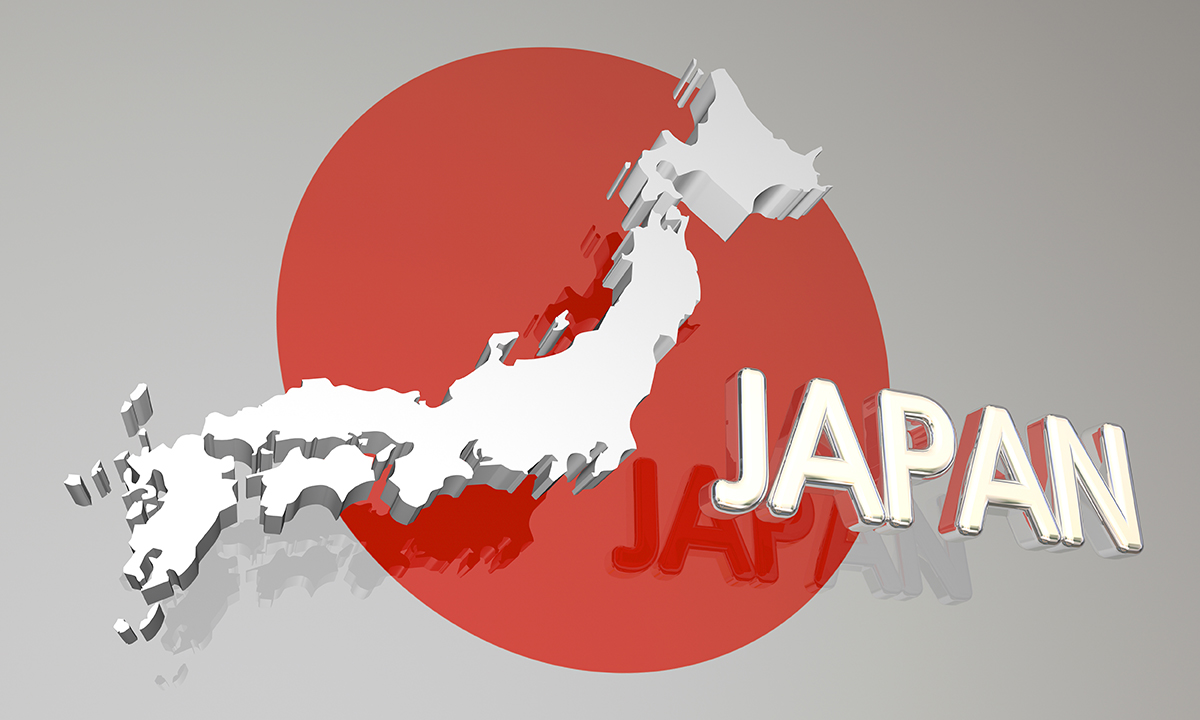
Earlier this month, I decided to move the Adobe-Japan1-6 character collection specification to the Adobe Type Tools organization on GitHub, which was partly motivated by constantly-changing URLs on our Font Technical Notes page. Another motivation was to make the specification itself easier to maintain. At some point, I will be adding a more complete list of Supplement 7 (aka Adobe-Japan1-7) candidates to its wiki.
To this end, I decided to do the same for the Adobe-CNS1-7 and Adobe-GB1-5 character collection specifications while on vacation in South Dakota. For the former, I also used the opportunity to update the specification to include Supplement 7 (aka Adobe-CNS1-7), by adding its representative glyphs and other details.
So, that’s three down, and one to go.
Continue reading…



